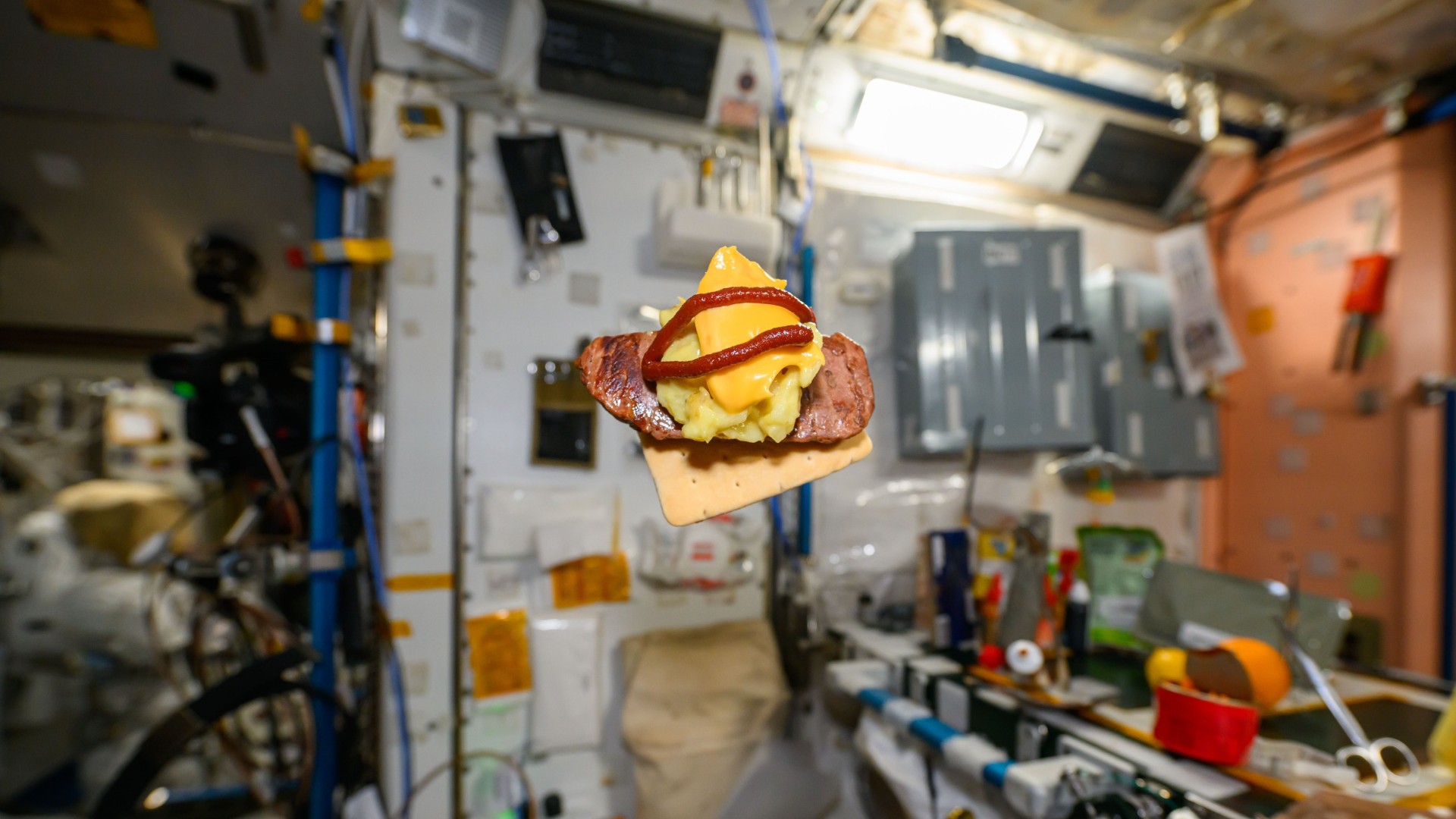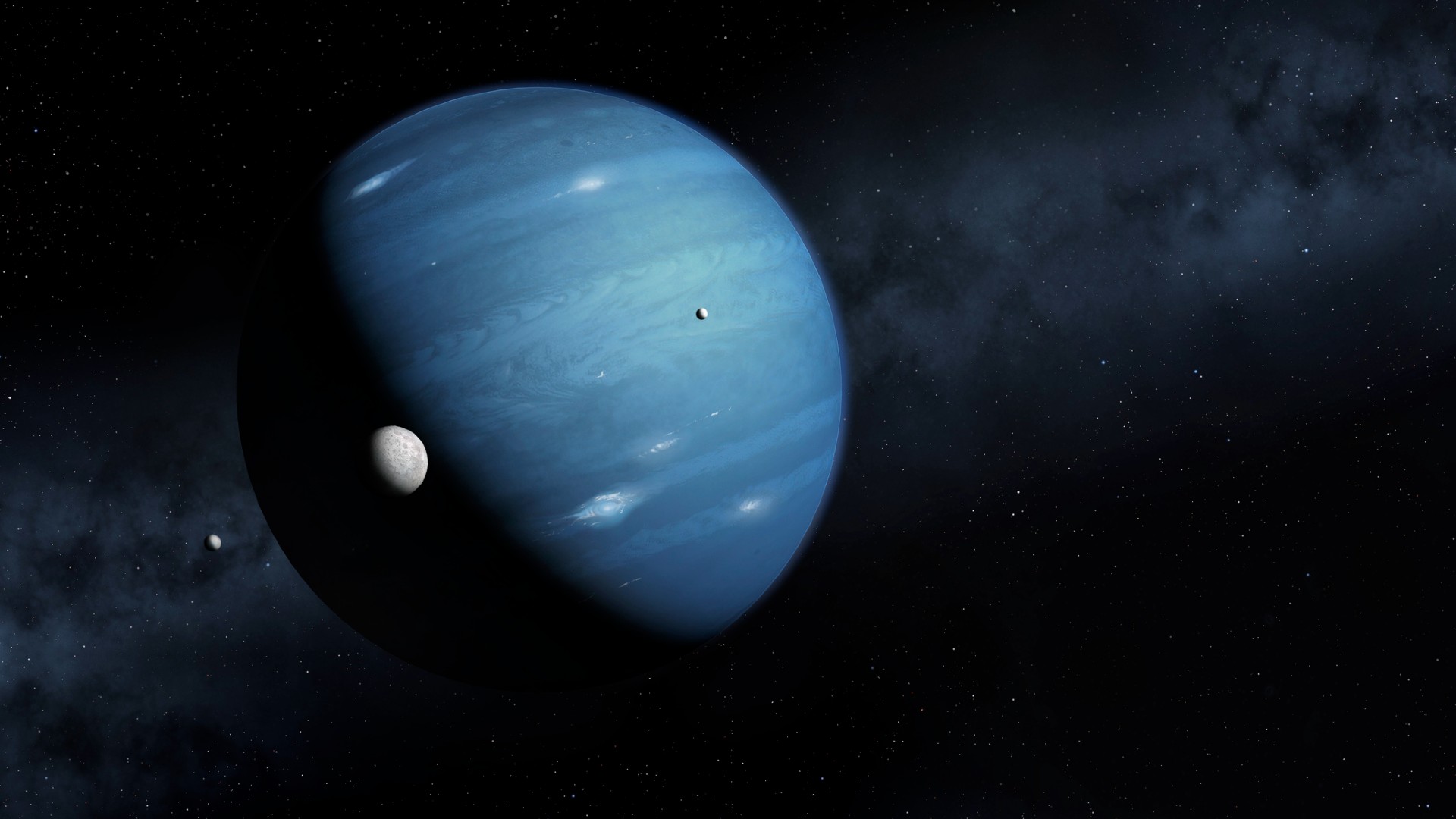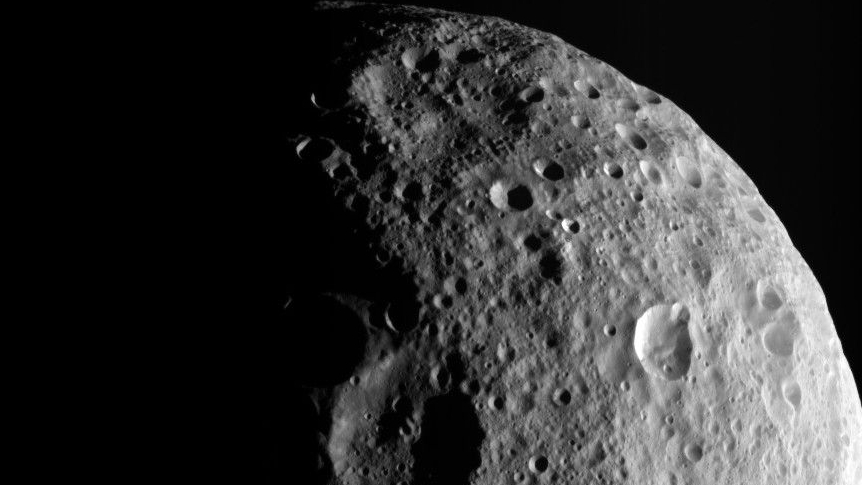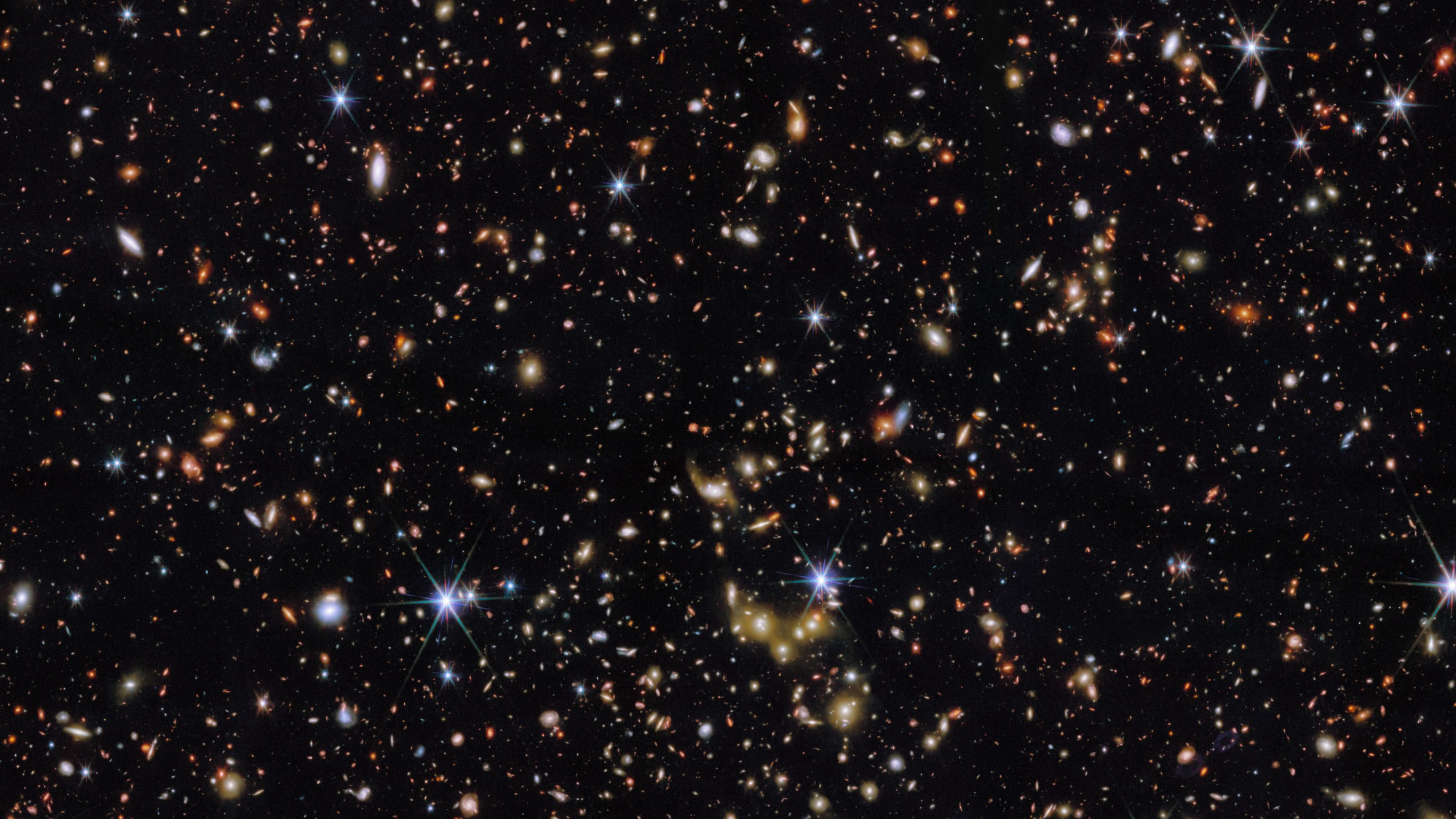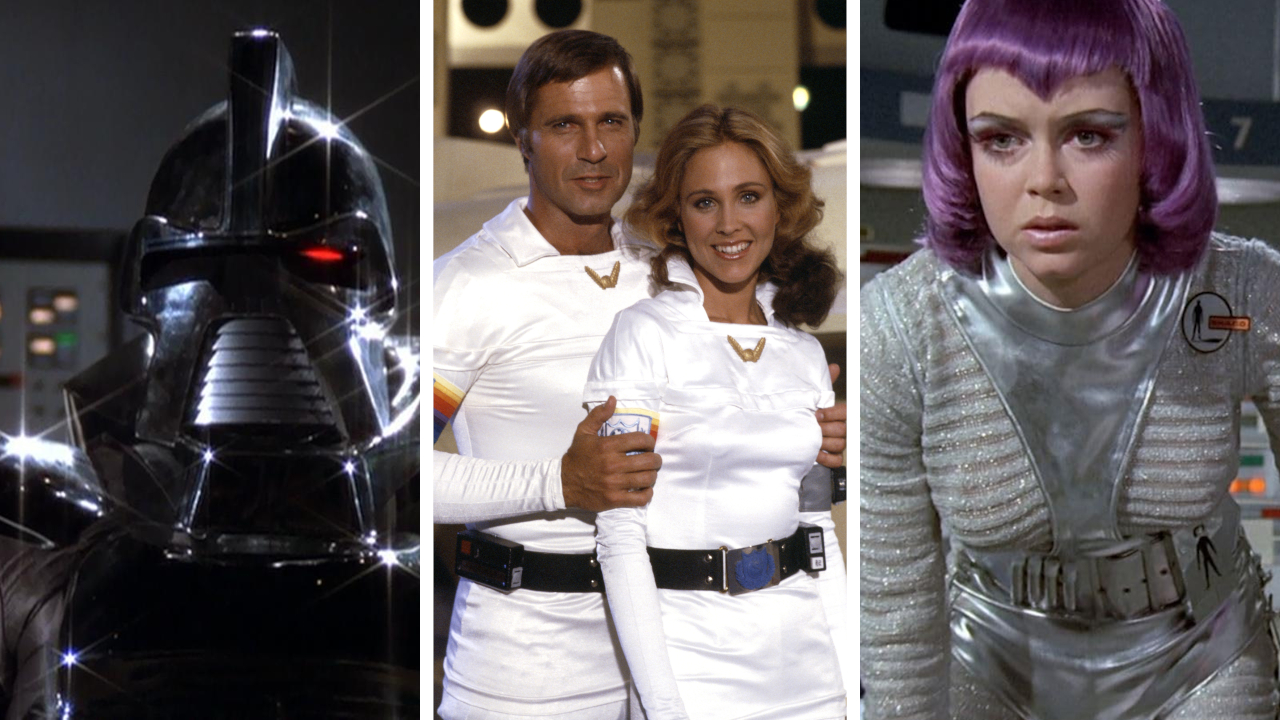
Tropical Storm Nicole has pushed the liftoff of SpaceX's next cargo mission to the International Space Station (ISS) back by three days.
The robotic flight, known as CRS-26, had been scheduled to lift off from Pad 39A at NASA's Kennedy Space Center (KSC) in Florida on Nov. 18. But Nicole, which slammed into Florida's Space Coast as a Category 1 hurricane on Thursday (Nov. 10), changed that plan.
"NASA and SpaceX now are targeting no earlier than Monday, Nov. 21, pending range approval, for launch of the company's 26th commercial resupply services mission to the International Space Station for the agency," NASA officials wrote in a brief update on Thursday.
"Mission teams will continue to monitor any additional potential impacts as the storm progresses," they added.
Related: 8 ways that SpaceX has transformed spaceflight
CRS-26 will send SpaceX's Dragon cargo capsule aloft atop a Falcon 9 rocket. The freighter is packed with supplies, scientific experiments and hardware, including a set of advanced solar arrays that will boost the orbiting lab's power output.
Another high-profile mission is scheduled to lift off from KSC in the coming days as well — NASA's Artemis 1, which is sitting atop the center's Pad 39B.
Get the Space.com Newsletter
Breaking space news, the latest updates on rocket launches, skywatching events and more!
Artemis 1 will use NASA's new Space Launch System (SLS) megarocket to launch an uncrewed Orion capsule to lunar orbit. The agency is currently targeting Nov. 16 for the highly anticipated liftoff, though that could change; mission team members still need to fully assess how the Artemis 1 stack weathered the storm.
We'll learn more about that soon; NASA is holding a press conference today (Nov. 11) at 3 p.m. EST (1800 GMT) to discuss its latest Artemis 1 plans. You can listen to it live here at Space.com.
Dragon is one of three robotic spacecraft that currently fly cargo to the ISS. The other two, Russia's Progress vehicle and Northop Grumman's Cygnus, are expendable, burning up in Earth's atmosphere when their missions wrap up. Dragon, by contrast, is reusable, coming down to Earth safely for parachute-aided ocean splashdowns.
Two Progress vehicles and one Cygnus are docked at the ISS at the moment. The Cygnus arrived on Wednesday (Nov. 9), making the orbital rendezvous despite deploying only one of its two solar arrays. A Dragon is also attached to the orbiting lab, but that one's a crew vehicle; the capsule is flying SpaceX's Crew-5 mission for NASA, which carried four astronauts to the ISS last month.
Mike Wall is the author of "Out There" (Grand Central Publishing, 2018; illustrated by Karl Tate), a book about the search for alien life. Follow him on Twitter @michaeldwall. Follow us on Twitter @Spacedotcom or on Facebook.
Join our Space Forums to keep talking space on the latest missions, night sky and more! And if you have a news tip, correction or comment, let us know at: community@space.com.

Michael Wall is a Senior Space Writer with Space.com and joined the team in 2010. He primarily covers exoplanets, spaceflight and military space, but has been known to dabble in the space art beat. His book about the search for alien life, "Out There," was published on Nov. 13, 2018. Before becoming a science writer, Michael worked as a herpetologist and wildlife biologist. He has a Ph.D. in evolutionary biology from the University of Sydney, Australia, a bachelor's degree from the University of Arizona, and a graduate certificate in science writing from the University of California, Santa Cruz. To find out what his latest project is, you can follow Michael on Twitter.
